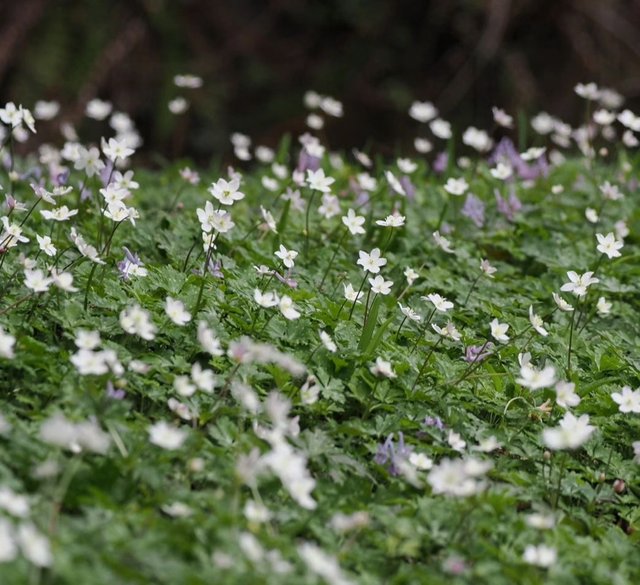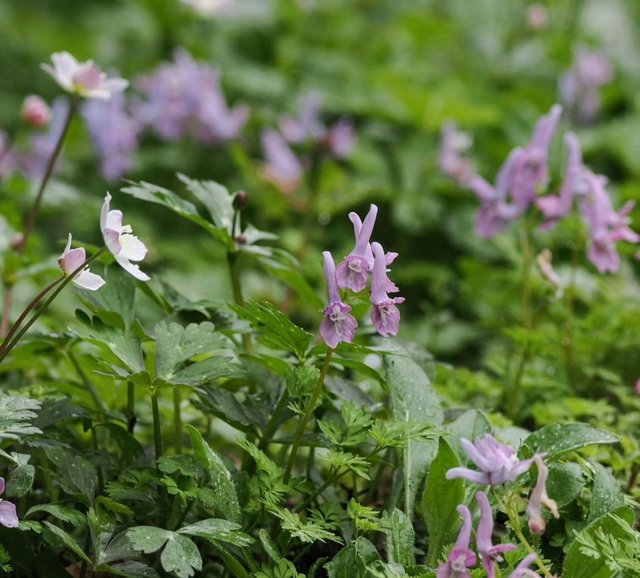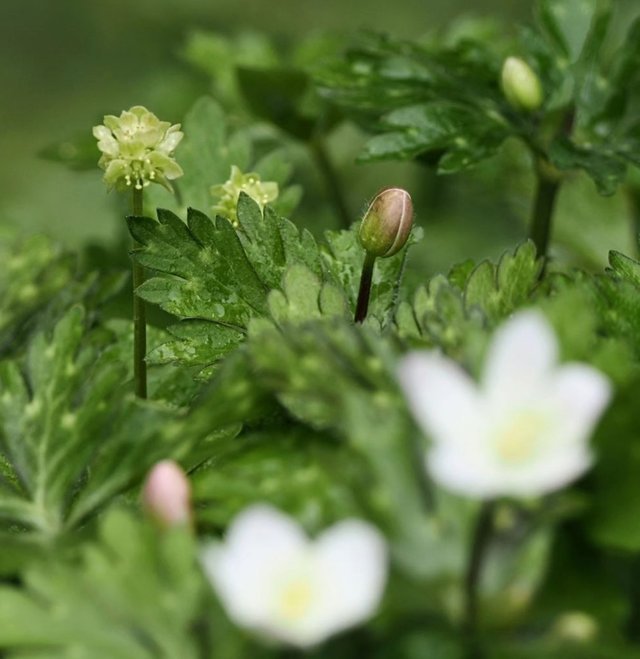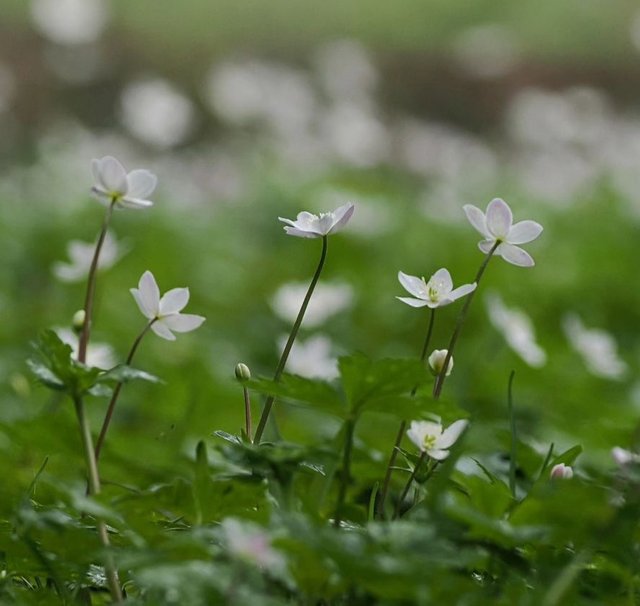Wood Anemone Flower So Beautiful
Wood anemone, also known as Anemone nemorosa, is a delicate and charming flowering plant that belongs to the buttercup family, Ranunculaceae. Found primarily in woodland areas, meadows, and gardens across Europe, Asia, and North America, these enchanting flowers are a sure sign of spring's arrival.
With its dainty white petals and yellow center, the wood anemone blooms from March to May, carpeting forest floors with its ethereal beauty. The name "anemone" is derived from the Greek word for "wind," possibly referring to the delicate nature of its petals, which seem to flutter in the slightest breeze. Wood anemones often appear in clusters, creating a breathtaking display against the backdrop of verdant foliage.
One of the most fascinating aspects of wood anemones is their reproductive strategy. Unlike many other plants, wood anemones rely heavily on asexual reproduction through underground stems called rhizomes. These rhizomes spread gradually, forming colonies of interconnected plants that can cover vast areas of forest floor over time. This method allows wood anemones to thrive in environments where competition for resources is fierce, as they can quickly colonize available space and outcompete other plants.
In addition to their reproductive prowess, wood anemones play a crucial role in their ecosystems. Their early spring blooms provide an essential source of nectar for early pollinators such as bees, butterflies, and beetles, helping to kickstart the annual cycle of pollination and ensuring the continuation of countless plant species. As the season progresses, wood anemones give way to other woodland flowers, but their fleeting beauty leaves a lasting impression on anyone fortunate enough to witness it.
Despite their delicate appearance, wood anemones are surprisingly resilient. They can tolerate a wide range of soil conditions, from moist woodland soils to dry, rocky slopes, and they can thrive in both full sun and partial shade. However, they are sensitive to disturbance and can be slow to establish in new areas, so conservation efforts are essential to protect their habitats and ensure their continued survival.




